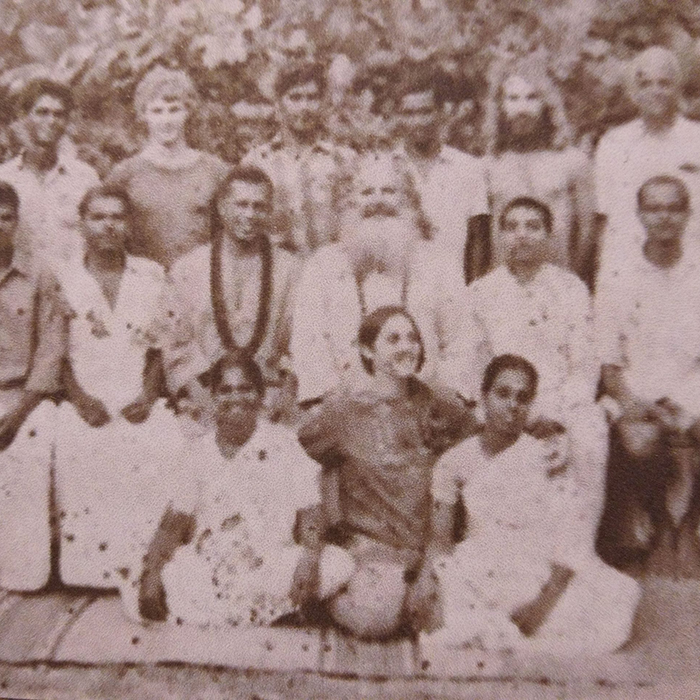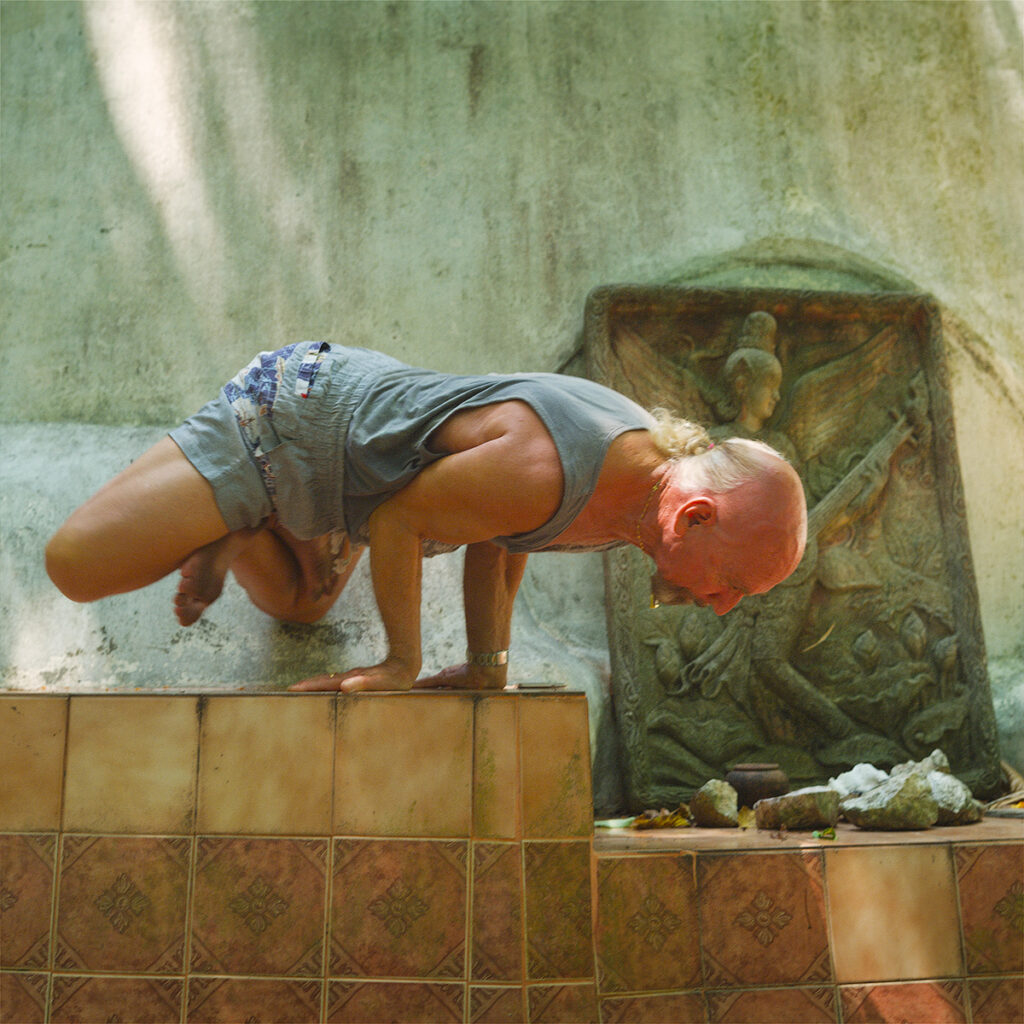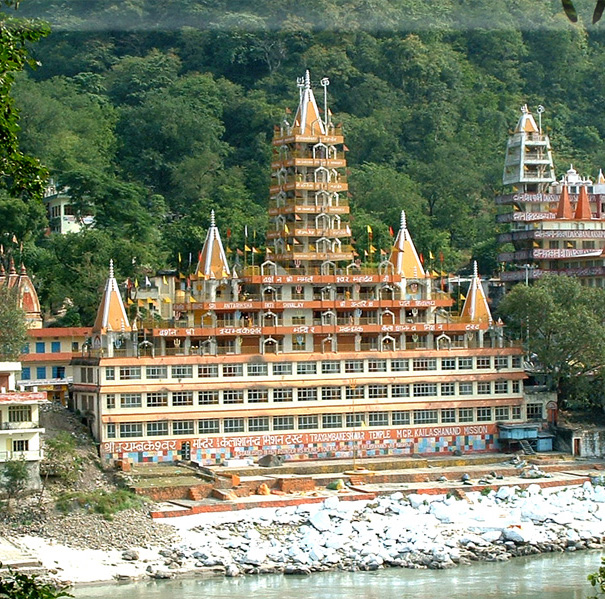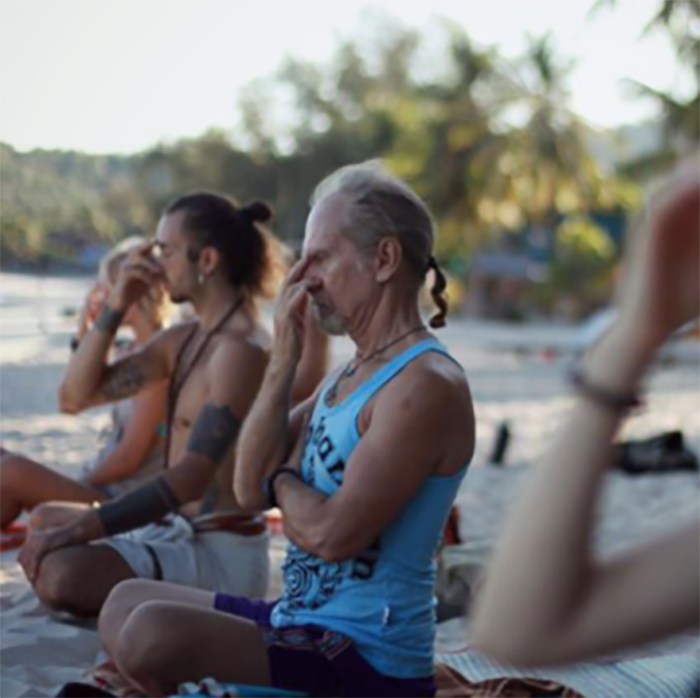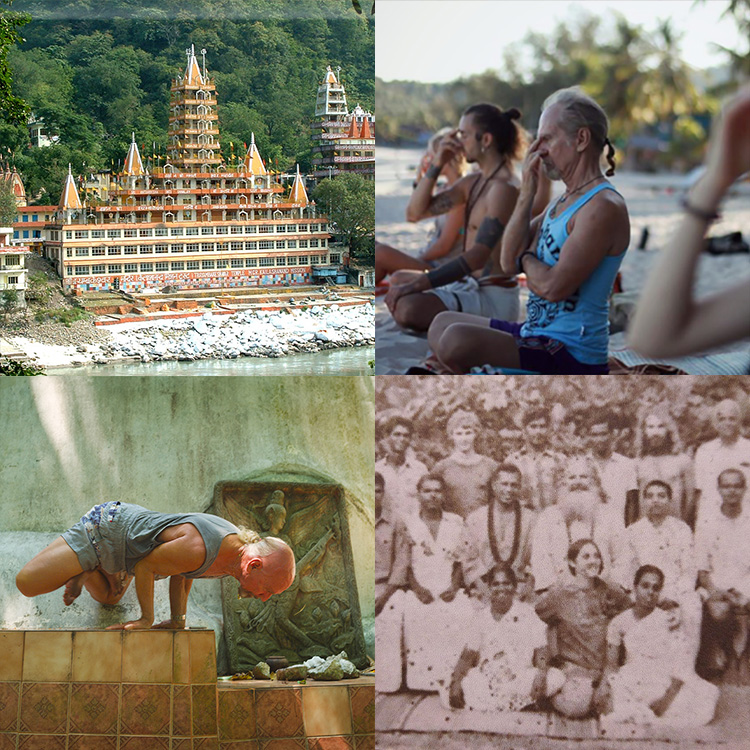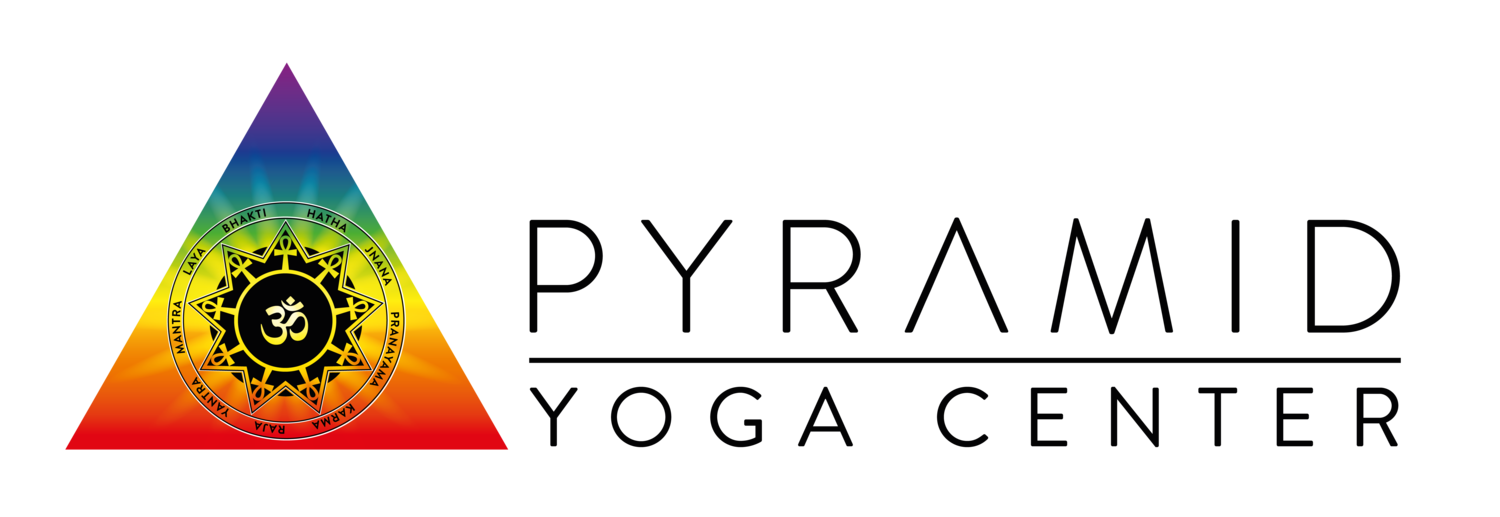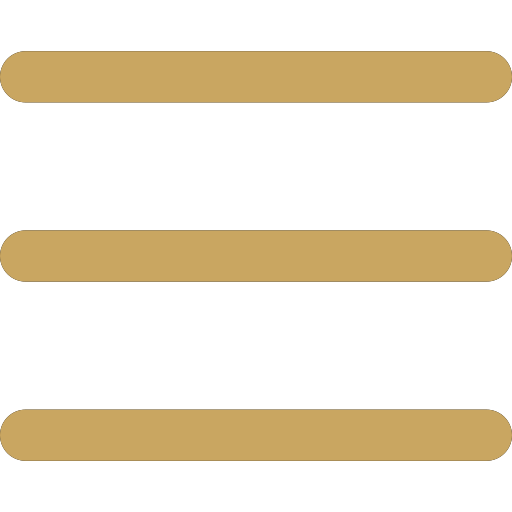ABOUT US
Pyramid Yoga was created as a residential school for teaching the whole science of yoga. The residential aspect creates a deep immersion in daily yoga practice that can last a lifetime. The yoga training programs create experiences in consciousness that initiate profound life changes in our students. With a spiritual quantum upgrade in mental belief systems, life becomes a creative adventure.
This is our gift to people.
The enjoyable aspect of life is enhanced through the pleasure of dancing in ecstasy at pyramid, (ecstatic dance), as well as yoga-dance, festivals and a variety of other activities. Through cooperation we create community which we can spread health and happiness as the foundation of our life.

DAVID GOULET
OUR FOUNDING FATHER & SPIRITUAL TEACHER
David is the founder of pyramid yoga. With over 50 years of experience he is a true teacher of teachers. He holds a very unique perspective on yoga with which he likes to help and inspire his students.
David’s fascination for the workings of the mind and ways to cure the body has lead him on a spiritual quest that remains an adventure. He spent time in different Asian cultures and learned about their spiritual traditions. He studied at Ananda Ashram under three masters of India; Swami Gitananda, Dr Ganapathy and Om Prakash, where he learned about the chakra yoga system.
In his later travels he spent time in Mexico, Guatemala, Egypt and Cambodja. He visited many temples and discovered chakra symbols and people in yogic postures. It seems people in the ancient cultures where quiet aware of the energy world. Yoga was more global in pre-historic times that are now being re-discovered.
David holds an eclectic perspective on yoga. ‘I have observed that this wonderful science of the energy world is based on a universal reality that goes beyond any one culture.’
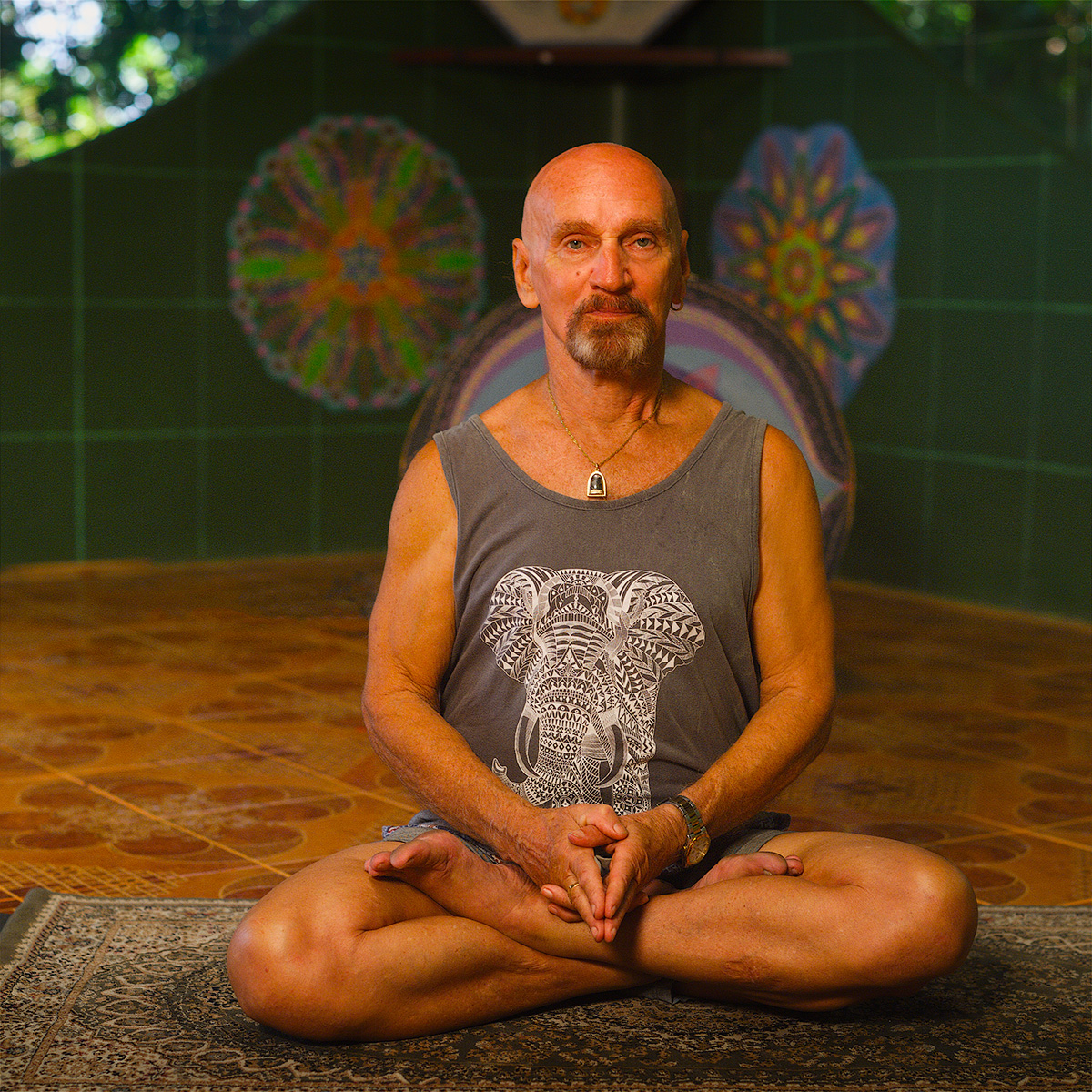

David is the founder of pyramid yoga. With over 50 years of experience he is a true teacher of teachers. He holds a very unique perspective on yoga with which he likes to help and inspire his students.
David’s fascination for the workings of the mind and ways to cure the body has lead him on a spiritual quest that remains an adventure. He spent time in different Asian cultures and learned about their spiritual traditions. He studied at Ananda Ashram under three masters of India; Swami Gitananda, Dr Ganapathy and Om Prakash, where he learned about the chakra yoga system.
In his later travels he spent time in Mexico, Guatemala, Egypt and Cambodja. He visited many temples and discovered chakra symbols and people in yogic postures. It seems people in the ancient cultures where quiet aware of the energy world. Yoga was more global in pre-historic times that are now being re-discovered.
David holds an eclectic perspective on yoga. ‘I have observed that this wonderful science of the energy world is based on a universal reality that goes beyond any one culture.’
